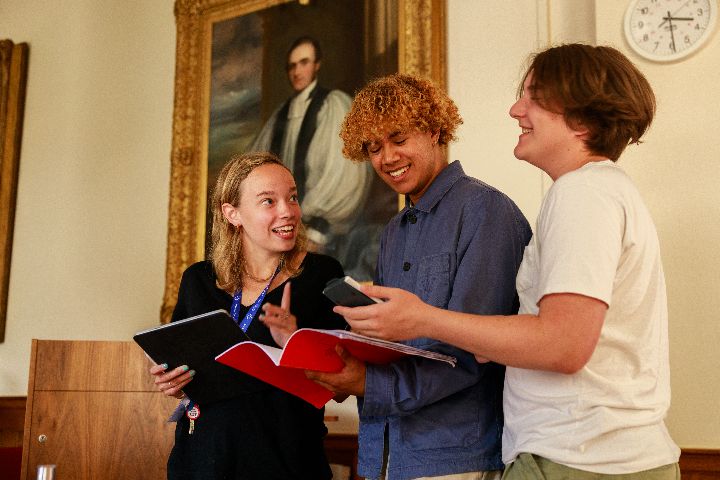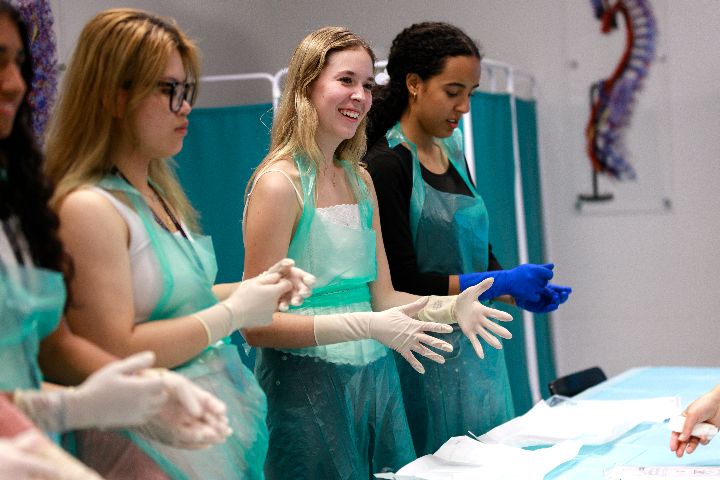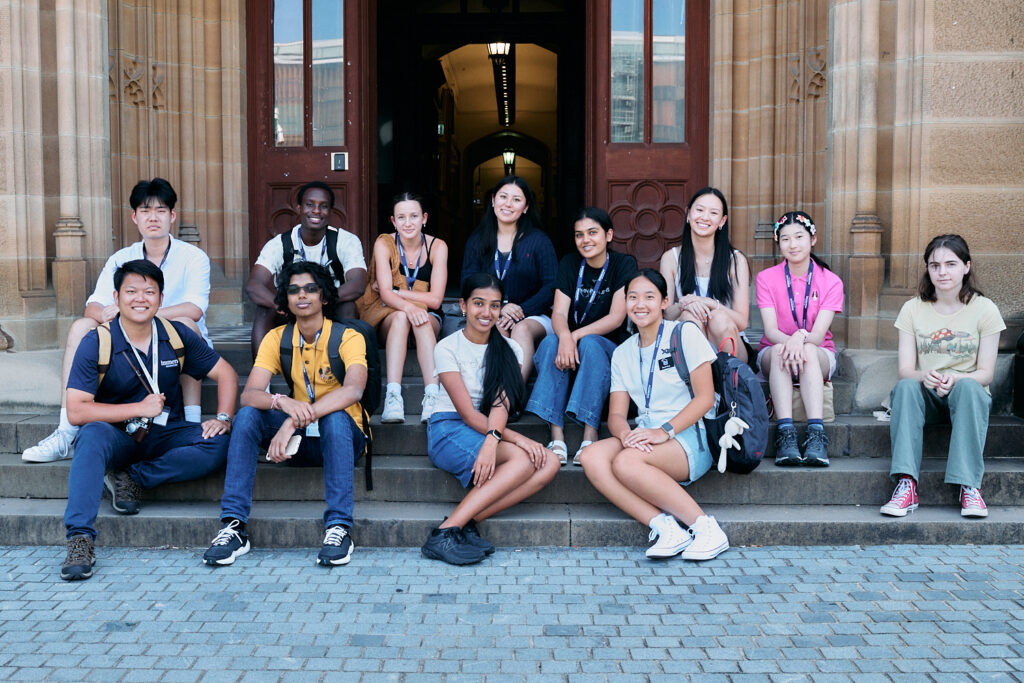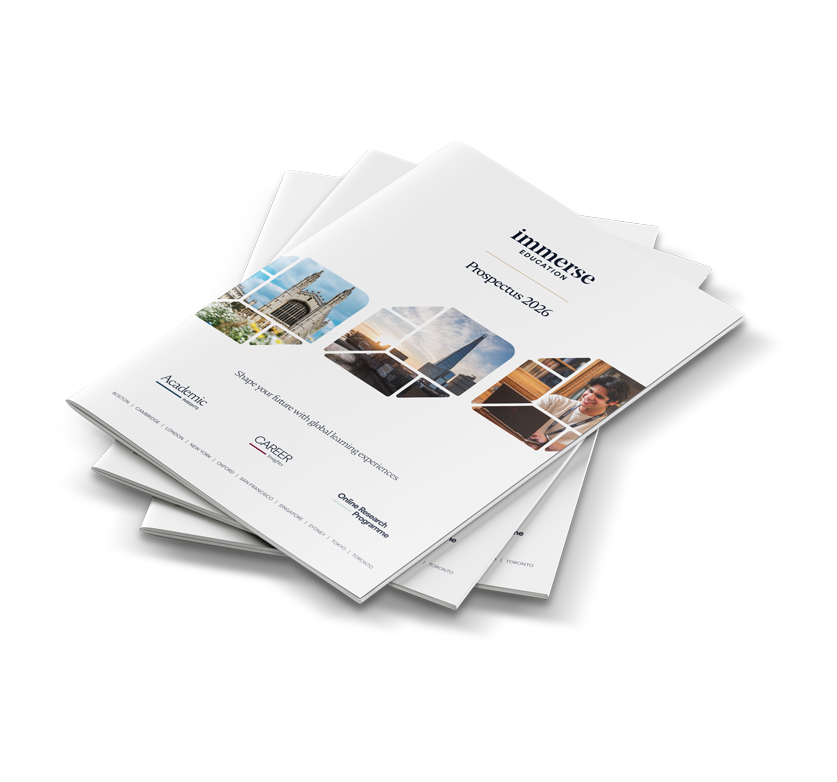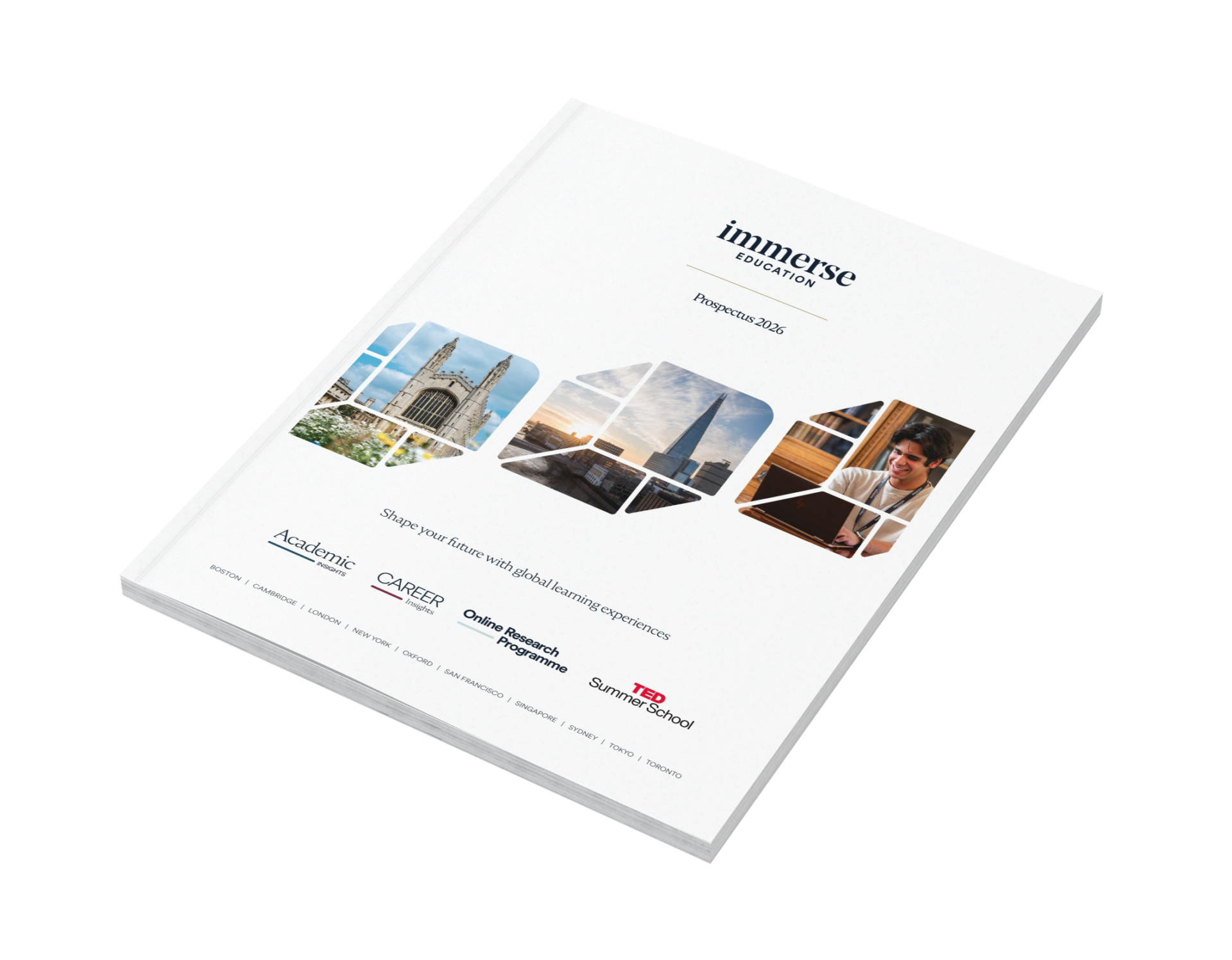The University of New South Wales (UNSW) is one of Australia’s leading universities, recognised worldwide for innovation, industry partnerships, and academic excellence. Gaining a place is competitive, and if you’re considering how to get into the University of New South Wales, the secret is building more than strong grades – you need to prove your course fit and potential. Whether that’s local voluntary work or seeking out pre college business programmes, these supercurriculars are sure to set you apart – and this guide will show you how to align your academics, projects, and experiences into an application that stands out with clarity and confidence.
Why UNSW Is a Course-Fit Destination
The University of New South Wales (UNSW) is ranked among the world’s top 50 universities and was named Entrepreneurial University of the Year in Asia Pacific (2024).
Known for innovation, research commercialisation, and strong industry partnerships, UNSW attracts applicants who want to connect study with real-world impact. To stand out, your application must go beyond grades and show initiative, curiosity, and course fit.
UNSW leads Australia in spinouts and startups, with over 160 companies created and US $5.6 billion raised in the past decade. Through the UNSW Founders programme, students gain mentoring, incubation, and direct access to investors.
This culture sets clear expectations: admissions officers look for applicants who can show proof of applied learning.
For business-focused students, experiences like pre college business programmes (see, for example, those offered at Immerse Education) are valuable signals – you’ve already tested ideas, solved problems, and collaborated in entrepreneurial settings.
Why UNSW Stands Out for Business
- #1 in Australia (AFR BOSS) and globally accredited by EQUIS and AACSB (less than 1% of business schools worldwide).
- Ranked in the world’s top 20 for Accounting & Finance, with Economics and Management also highly placed.
- Graduates earn the highest median salaries among Australia’s Group of Eight universities.
- Strong employer partnerships lead to internships, case competitions, and consulting projects.
At UNSW, theory is always tied to practice. You’ll study core business foundations while applying them through projects, internships, and entrepreneurial initiatives.
How the University of New South Wales Evaluates Applications
One of the keys to mastering how to get into the University of New South Wales is knowing that UNSW doesn’t admit students on grades alone.
Its selection model requires a tight integration of academic performance, prerequisite alignment, and demonstrated course fit.
Let’s break down each factor and show how they must work together – and how the balance shifts depending on which faculty or degree you aim for.
Academic Performance: Minimum Admission Ranks & Selection Cut-offs
- To enter a standard undergraduate programme in Australia, you must meet an admission rank (e.g. ATAR or equivalent) that meets or exceeds the program’s cut-off.
- For most Australian domestic undergraduate programmes, the minimum admission rank is 80.00 (ATAR or equivalent, including adjustment factors), unless the program has additional selection criteria.
- For international fee-paying undergraduate places, the floor rank is 75 (or equivalent) for many degrees.
- However, in practice, many degrees set much higher lowest selection ranks (LSRs). For example, for the Bachelor of Commerce, the 2025 lowest adjusted selection rank was 94.0 (which includes adjustment factors).
Prerequisite Alignment: Assumed Knowledge & Subject Requirements
Many faculties at UNSW require or assume that you have completed specific senior subjects. Even if you aren’t explicitly blocked from enrolling without them, missing these can put you at a disadvantage or force you to take bridging courses.
Some examples and nuances:
- UNSW’s “Undergraduate entry requirements” page lists assumed knowledge, e.g. Mathematics for many business, engineering, and science courses. Students who lack it are “strongly advised” to complete a bridging course.
- For the Bachelor of Commerce, prerequisite quantitative skills (such as mathematics or equivalent) are critical; the program’s highly competitive selection rank reflects this.
- In the “Undergraduate direct entry requirements” table, you’ll see variation by country and qualification (e.g. A-levels, IB) showing what score or subject combinations are accepted for each degree.
- Some programs offer Portfolio Entry Schemes (for arts, design, architecture, engineering) where you can use a portfolio in place of – or in addition to – some standard entry requirements. These sometimes come with adjusted ATAR thresholds (e.g. up to 10 points lower) to recognise creative potential.
Demonstrated Course Fit: Evidence, Initiative & Relevance
This is where your application moves from “qualified” to “compelling.”
UNSW looks for signals that you not only can do the work, but that you want to – and already are – engaging with your discipline in meaningful ways.
What demonstrates course fit? Examples include:
- Projects or initiatives aligned with your intended field (e.g. business students doing market analysis, mini-consulting work, entrepreneurial ventures).
- Participation in specialised enrichment programmes (e.g. pre college business programmes or summer schools) where you tackled real problems or built artifacts.
- Reflections, metrics, or outcomes that show you thought carefully about your approach, tested ideas, and iterated.
- Displaying communication, research, or analytical work in contexts that overlap with your desired degree (e.g. reports, case competitions, leadership in domain-specific clubs or events).
Interplay & Faculty Variation: How It All Fits Together
Think of these three factors – academics, prerequisites, and course fit – as overlapping lenses. Weakness in one can be compensated by strength in another, but only to an extent.
To illustrate:
- If your grades are very strong, but you lack a required subject (say, mathematics), you might still be eligible – but you may face academic difficulty or need bridging courses.
- If you have all the required subjects and good grades but no evidence of real-world engagement, you risk blending in with many applicants who are technically eligible.
- In high-demand faculties like Engineering, Commerce, or Law, the difference often comes down to how well you project into the discipline via your past work or initiatives.
6 Steps on How to Get Into the University of New South Wales (UNSW)
If you’re wondering how to get into the University of New South Wales, remember it isn’t just about strong grades – it’s about showing how your academics, subject choices, and experiences connect to one clear course narrative.
When you approach your application as a structured plan rather than a checklist, you can highlight both your readiness and your fit.
To help you bring all these pieces together, here’s a six-step playbook you can follow to present a strong, course-fit application.
Step 1: Plan Your Academic Base
1. Choose Senior Subjects That Map to Your Target Course
Decision making starts early if you’re looking to get into the University of New South Wales. From early on (Years 10–11, or the equivalent in your system), select subjects that directly support your intended discipline:
- Business / commerce / economics: mathematics, economics, statistics, business studies.
- Engineering / science / technology: advanced mathematics, physics, chemistry, biology.
- Specialised or interdisciplinary courses (e.g. data science, actuarial studies, environmental science): computer science, further math, or other domain electives.
2. Maintain Consistent Results – With an Upward Trend
Strong grades matter, but UNSW also values consistency and growth.
- Aim for stable or rising results in core subjects to prove academic resilience.
- Avoid major dips in areas tied to your chosen course.
- Use adjustment factors like HSC Plus or the Access Scheme (where eligible) to boost your rank.
3. Demonstrate Rigor: Advanced Work, Projects & Extension
Show that you can handle challenges beyond standard coursework.
- Take advanced or extension subjects where available.
- Complete a small research or analytical project – such as a market analysis, competitor study, or financial model.
- Tie projects to your subjects: apply maths, economics, or science directly.
- Record outcomes and lessons: what assumptions you made, how you tested them, and what changed.
Step 2: Assemble a Compact Evidence Portfolio
Choose Two Signature Projects
Focus on two projects that carry weight. These should:
- Show analysis – Did you work with data, evaluate options, or solve a complex problem?
- Demonstrate initiative – Did you take ownership, propose an idea, or lead others?
- Prove impact – Can you point to tangible outcomes, even on a small scale?
For example:
- If you’re applying for Commerce, you might include a market analysis you completed during pre college business programmes, where you identified customer segments and recommended a pricing model.
- If you’re applying for Engineering, you could highlight a physics project where you tested different bridge designs and measured load-bearing efficiency.
Document Role, Actions, Outcomes, and Learning
Each project should be written up with clarity and precision:
- Your role – Be specific: leader, analyst, researcher, coordinator.
- Your actions – What you actually did (e.g. gathered data, built a model, led discussions).
- Your outcomes – Simple, measurable results: “achieved 15% cost reduction in our model,” “raised £500 for local charity.”
- One-line takeaway – A concise lesson that shows growth and reflection.
Keep It Concise and Course-Focused
Your portfolio is strongest when it aligns directly with UNSW’s expectations:
- Limit yourself to two well-documented examples.
- Write them up in no more than a short paragraph or four bullet points each.
- Ensure every detail reinforces your readiness for the degree you’re applying to.
For a Business applicant, this might look like:
- Market Analysis Project – Led a three-person team, analysed competitor pricing models, recommended strategy; projected 8% higher revenue; learnt how to frame business decisions with data.
- Summer Pitch Deck – Developed a three-slide presentation during a pre-college programme, pitched to 20 peers; scored highest on communication; learnt how to present ideas clearly under time pressure.
Expert Tip: Admissions officers value clarity over breadth. Two projects with measurable results will always outshine a long list of generic activities. Use numbers wherever possible – percentages, funds raised, participants reached – to make your evidence concrete and credible.
Step 3: Demonstrate Enterprise and Decision-Making
Present one meaningful initiative that shows you took ownership of an idea and carried it through to completion. It doesn’t have to be large-scale; what matters is that you acted with intent and were able to measure outcomes.
This could look like:
- A small venture in your community – perhaps you organised a tutoring service, set up a pop-up stall at a local market, or launched a simple social enterprise project.
- A market analysis project – where you assessed a product’s potential, compared competitors, and presented recommendations based on your findings.
- A business plan from pre college business programmes – designed around a case study and then pitched to peers or mentors.
Whichever example you choose, the strength lies in how you explain your decisions. A strong application doesn’t stop at describing what you did – it shows why you made choices and how you evaluated outcomes.
Instead of vague claims such as “I demonstrated leadership” or “I learnt about entrepreneurship,” make your reasoning clear and defensible by framing your initiative through three lenses:
- Assumptions – What did you initially believe? (“I assumed younger customers would be more interested in eco-friendly packaging.”)
- Comparisons – How did you test or refine that assumption? (“We compared sales data across two product versions to track preferences.”)
- Results – What was the measurable outcome? (“The eco-packaging option sold 20% more units, confirming our hypothesis.”)
Step 4: Show Communication and Collaboration Skills
To get into the University of New South Wales, you’ll need to show teamwork and clear communication. You can highlight this by describing:
- Presentations or brief reports you’ve delivered to real audiences.
- Feedback cycles and iteration – what you changed after receiving input.
- Team roles and outcomes – did you lead, support, or coordinate? What was the result?
Step 5: Integrate Enrichment for Business-Aligned Applicants
If you’ve participated in pre college business programmes, convert that experience into direct application proof. For example:
- A pitch deck created during a programme could be summarised as:
- Developed a three-slide market analysis.
- Presented to an audience of 20 peers.
- Received top feedback score in communication.
- A mini-consulting brief could be documented as:
- Researched client market position.
- Proposed three actionable recommendations.
- Helped team refine client-facing deliverables.
Step 6: Close With a Coherent UNSW Narrative
Finally, tie all your elements together into one coherent story. Your academics, project outcomes, and enrichment experiences should point to a single course choice at UNSW.
For instance:
“Through my senior economics coursework, pre college business programmes, and a market analysis project, I’ve developed both the analytical foundation and practical mindset needed for UNSW’s Bachelor of Commerce. I see UNSW not only as a place to learn, but as a platform where I can contribute to innovative projects with peers who share my drive.”
This kind of narrative signals clarity, commitment, and contribution – exactly what UNSW admissions officers want to see.
Join the Immerse Education 2025 Essay Competition
Follow the instructions to write and submit your best essay for a chance to be awarded a 100% scholarship.
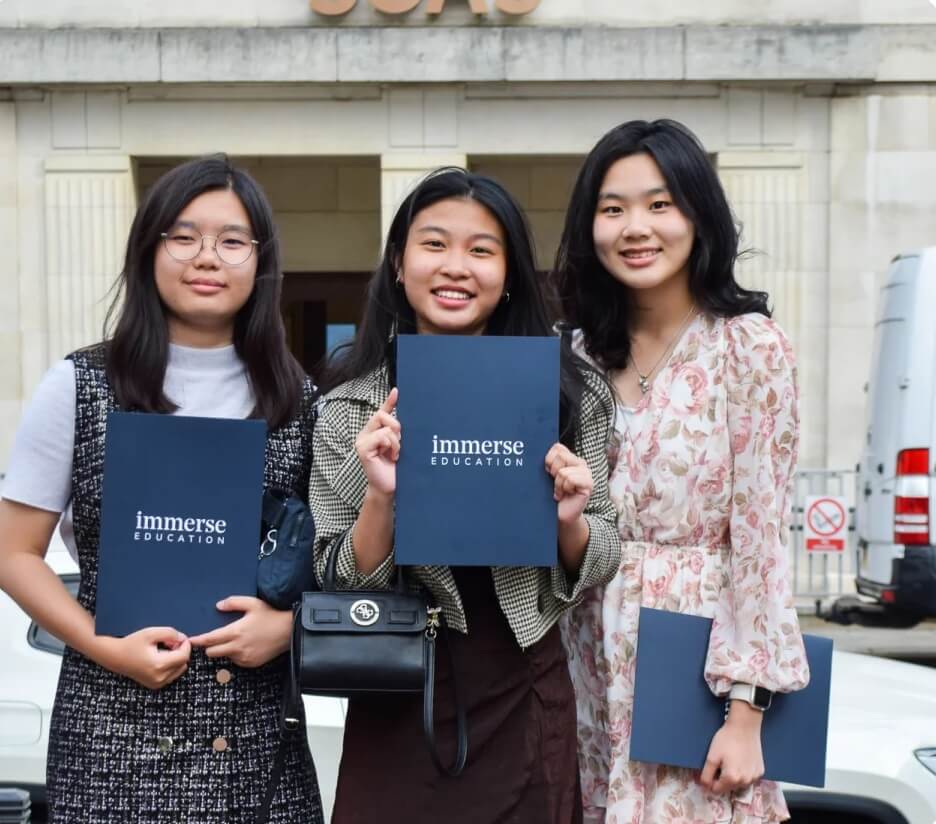
Final Thoughts: Building Your UNSW Edge
If you’ve been wondering how to get into the University of New South Wales, the key is combining strong academics with clear evidence of course fit.
Keep your story focused, tie your experiences to your chosen degree, and show UNSW that you’re ready to contribute and succeed.
If you’re ready to strengthen your application with targeted experiences, explore how Sydney summer school can help you build confidence, direction, and tangible proof for your future path.
